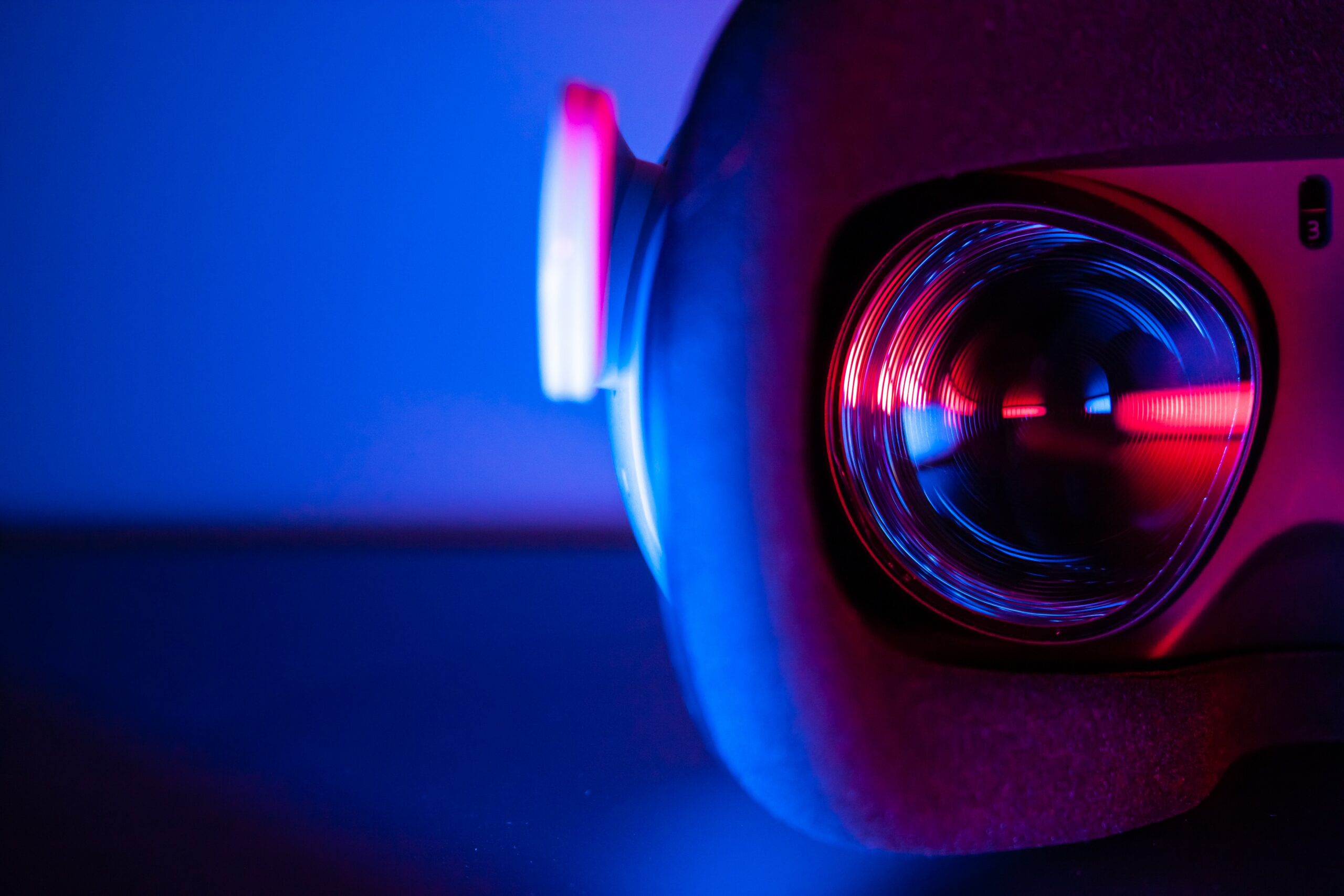Virtual Reality (VR) and Augmented Reality (AR) technologies have revolutionized the field of architectural visualization, providing architects, designers, and clients with immersive and interactive experiences. These technologies allow stakeholders to visualize and experience architectural designs in ways that were previously unimaginable. This article explores the applications, benefits, and future potential of VR and AR in architectural visualization.
- Understanding Virtual Reality and Augmented Reality: Virtual Reality (VR) creates a computer-generated, three-dimensional environment that users can explore and interact with using specialized headsets or devices. Augmented Reality (AR), on the other hand, overlays digital information onto the real world, enhancing the user’s perception and interaction with their physical surroundings. Both VR and AR technologies have immense potential in architectural visualization.
- Immersive Design Experiences: VR technology enables architects and designers to create immersive design experiences. Clients can virtually “walk through” and experience a building or space before it is constructed. With VR, stakeholders can understand spatial relationships, scale, and materiality, leading to better decision-making and improved design outcomes. This immersive experience enhances communication and collaboration among project teams and clients.
- Real-Time Design Modifications: One significant advantage of VR and AR in architectural visualization is the ability to make real-time design modifications. Designers can easily alter elements such as materials, colors, textures, and lighting, allowing clients to visualize and compare different design options instantly. This iterative design process saves time, reduces costs, and ensures that the final design meets the client’s expectations.
- Enhanced Communication and Stakeholder Engagement: VR and AR technologies bridge the gap between architects and clients, improving communication and stakeholder engagement. Clients can more effectively convey their preferences, and architects can provide a clear understanding of design concepts. Virtual walkthroughs and interactive presentations facilitate meaningful discussions and help stakeholders make informed decisions about the design.
- Visualization of Unbuilt Spaces: One of the most significant benefits of VR and AR in architectural visualization is the ability to visualize unbuilt spaces. Clients can experience the look and feel of a space, understanding how natural light, materials, and finishes will interact within the environment. This level of visualization helps clients envision the final result and ensures that the design meets their expectations.
- Improved Design Evaluation and Analysis: VR and AR technologies provide architects with powerful tools for design evaluation and analysis. Virtual environments enable designers to assess spatial layouts, ergonomics, and circulation patterns. Simulations of lighting and acoustics allow for accurate evaluation of these factors. This level of analysis leads to better design outcomes and helps architects optimize the functionality and efficiency of spaces.
- Virtual Prototyping and Construction Simulation: VR and AR technologies facilitate virtual prototyping and construction simulation. Before construction begins, architects can simulate construction processes, identify potential conflicts, and optimize construction sequences. This virtual simulation minimizes errors, reduces rework, and enhances construction efficiency. Additionally, VR and AR can be used for safety training, allowing workers to familiarize themselves with construction sites and potential hazards.
- Sustainable Design and Energy Analysis: VR and AR can play a crucial role in sustainable design and energy analysis. Architects can simulate and analyze how design decisions impact energy performance, daylighting, and thermal comfort. By visualizing and evaluating different energy-saving strategies, architects can make informed decisions that result in more sustainable and energy-efficient buildings.
- Collaborative Design and Remote Collaboration: VR and AR technologies enable collaborative design and remote collaboration. Architects and designers from different locations can work together in a virtual environment, making design decisions and exchanging ideas in real-time. This collaborative workflow improves efficiency, reduces travel costs, and encourages global collaboration in architectural projects.
- Future Potential and Development: The future of VR and AR in architectural visualization is promising. Advancements in hardware and software technologies will lead to more realistic and immersive experiences. Integration with Building Information Modeling (BIM) will further enhance the accuracy and efficiency of design processes. Additionally, the widespread adoption of VR and AR in the architectural industry will drive innovation and contribute to the evolution of design practices.
Virtual Reality (VR) and Augmented Reality (AR) technologies have transformed architectural visualization, enabling stakeholders to experience designs in immersive and interactive ways. From immersive design experiences to real-time modifications, VR and AR enhance communication, visualization, and analysis in architectural projects. The future potential of these technologies is vast, and as hardware and software continue to evolve, VR and AR will become integral tools in the architectural design process. Embracing these technologies will lead to better-designed buildings, improved stakeholder engagement, and enhanced sustainability in the built environment.










